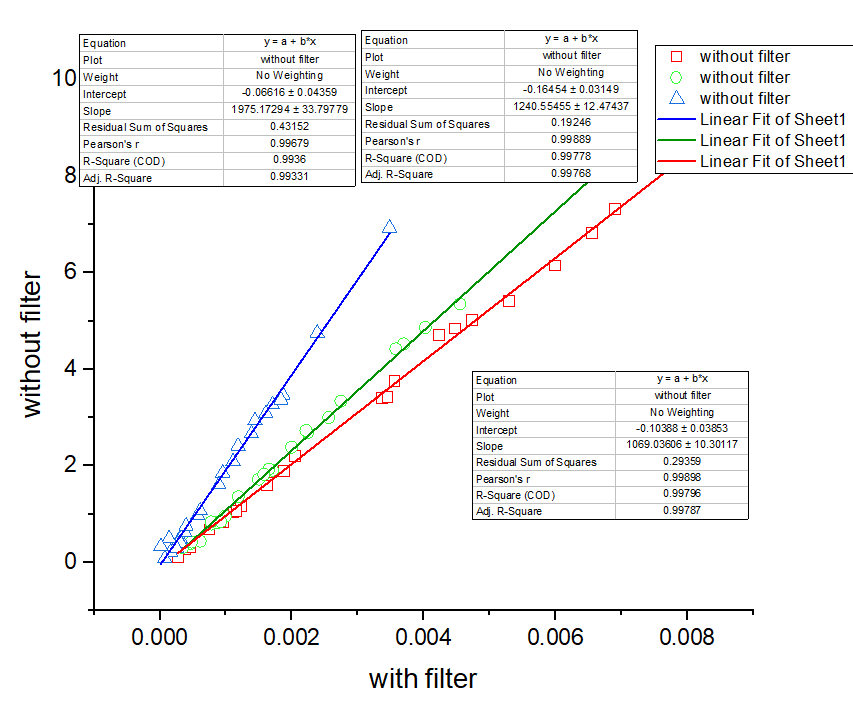Hi Greg,
Thanks a lot! 
I have found this problem and correct this error.
The reason why I got their false relationship is that I cropped and resized this original HDR images using “pcompos” and “pfilt” after I merged those raw images. This behavior has made the RGB values by “pvalue” too small.
However, I have another question about this error: Why cropping and resizing the original HDR image will bring this problem?

